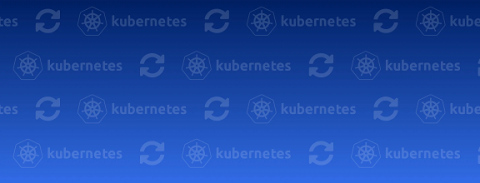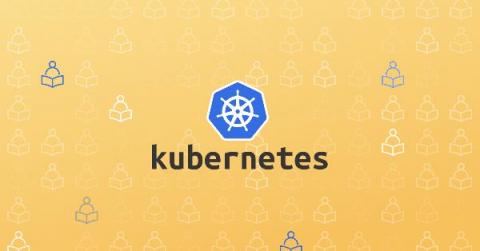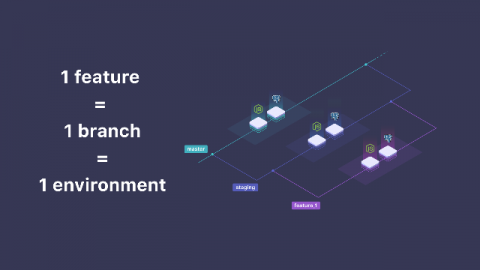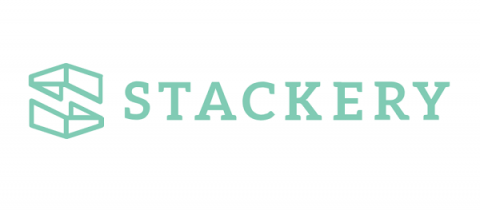Operations | Monitoring | ITSM | DevOps | Cloud
Latest News
Why a Unified DevOps Platform Matters
In today’s enterprises, DevOps isn’t one process, but many thinly connected tasks. A stack of DevOps tools that need to work together to operate as a single system, each one requiring its own integration and maintenance. The JFrog DevOps Platform unifies our industry-leading products because DevOps has a single goal: to speed releases from code to production. It takes several tools to build DevOps, but DevOps tools need to function as one.
Kubernetes Rolling Update Configuration
Deployment controllers are a type of Pod controller in Kubernetes. They provide fine-grained control over how its pods are configured, how updates are performed, how many pods should run, and when pods should be terminated. There are many resources available for how to configure basic deployments, but it can be difficult to understand how each option impacts how rolling updates are performed.
The Best Resources for Learning Kubernetes
Kubernetes is the world’s leading container orchestration platform. Its cloud agnostic status enables you to manage your workloads with ease, whether they reside in the cloud or on-premises. It has reduced the necessity of being locked into services provided by a cloud provider as well as the need for an entire operations team to manage large workloads on-premises on virtualization platforms.
3 ways of cloning an application and a database per git branch
Back in the early days of software development, having multiple developers working on the same application was a tough challenge. That’s why VCS (Version Control System) like Git was created and methodology like Feature Branching was introduced. The basic idea of working per git branch (also known as Feature Branching) is that when you start to work on a feature, you take a branch of your repository (e.g: git) to work on that feature.
A Guide to Structuring Full-Service Ownership Teams
IT industry research has repeatedly shown that DevOps-oriented teams that can ship software quickly and effectively routinely outperform their slower counterparts in terms of company profitability, market share, and just about every competitive business metric that matters. That sort of success comes from restructuring teams in ways that empower them to move faster and get closer to their customers.
The best DevOps tools (according to the folks building Sensu)
Because Sensu is a tool made for (and by!) operators, I wanted to share our own favorite tools in the DevOps ecosystem (aside from Sensu, of course!). I surveyed the fine folks who work at Sensu on what their favorite DevOps tools are, and why. And while we don’t always agree on a specific tool (everyone has their own favorite text editor), it’s safe to say that open source is a constant theme. Read on to learn about our tools of choice for editors, programming, storage, IaC, and more.
Running and Deploying Elasticsearch Operator on Kubernetes
Have you ever grown tired of running the same kubectl commands again and again? Well the good folks over at the Kubernetes team understand you. With the addition of custom resources and the operator pattern, you can now make use of extensions, or addons as I like to call them, to the Kubernetes API that help you manage applications and components. Operators follow Kubernetes principles including the control loop.
Migrating Production Data in Elixir
When requirements change for your product, there arises a need to change not only the codebase but also the existing data that already lives in production. If you’re performing the changes locally, the whole process seems fairly simple. You test your new feature against a sparkling clean database, the test suite is green, and the feature looks great. Then you deploy, and everything goes to hell because you forgot that production was in a slightly different state.
10 lessons from the AWS hackathon
This weekend I had the opportunity to participate in the AWS Hackathon in Portland. Based on the hackathons hosted at re:Invent, this brought together about 100 developers of all skill levels to break up into small teams and produce a demo product in 10 hours. I had a great time, and wanted to share what I learned! There may be organization-specific roadblocks to adopting AWS Lambda right now and therefore, it might not be the right fit for your team at this particular juncture.











